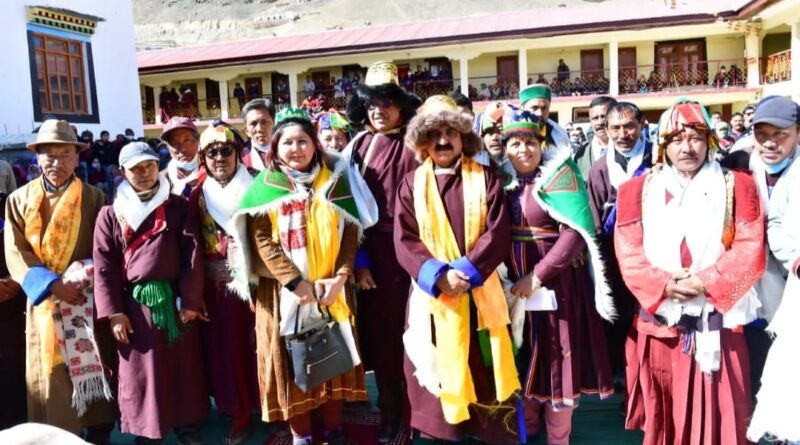Building the Future: How Himachal is Transforming Lives in Its Tribal Communities
Himachal Invests Rs.3,000 crore to benefit over 35,000 tribal families
In the high-altitudes and remote valleys of Himachal Pradesh, a quiet revolution is underway. For years, tribal communities in areas like Kinnaur, Lahaul, and Spiti have faced the harsh reality of isolation—cut off from reliable roads, quality schools, and consistent healthcare. But now, a sustained, multi-crore investment by the state government is beginning to change that narrative, one family, one village at a time.
Over the last two-and-a-half years, a massive infusion of over Rs. 3,000 crore has been directed toward tribal development. This isn’t just a number on a balance sheet; it’s a lifeline that has already touched the lives of more than 35,000 tribal families. The goal is simple yet profound: to replace isolation with opportunity.
From Ground Up: Roads, Schools, and a Healthier Future
The transformation is visible on the ground. New roads and bridges are weaving through difficult terrain, connecting remote hamlets to the mainstream. For families, this means easier access to markets and towns, reducing journeys that once took hours.
Education is getting a major boost. In four dedicated Eklavya Model Residential Schools, over 1,000 students are receiving quality education, with 150 new children welcomed into 6th grade each year. The sound of construction is a sound of hope in Pangi and Lahaul, where new school and hostel complexes are rising, ensuring children don’t have to travel far from home to learn.
The government has also tackled the critical challenge of healthcare in sparsely populated areas. By upgrading health sub-centres and deploying mobile medical units, they are ensuring that a doctor or basic medicine is no longer a distant dream. Simultaneously, efforts to provide stable drinking water and electricity are making daily life more secure.
Empowering Livelihoods and Securing Rights
Beyond infrastructure, the focus is on creating sustainable livelihoods. Support for traditional trades like horticulture and animal husbandry, combined with training for value-added local products, is helping families stabilize and grow their incomes.
In a significant move toward empowerment, the government has intensified the implementation of the Forest Rights Act (FRA). Through intensive training for officials and community representatives, the process of granting land titles has been streamlined. To date, 901 land titles have been issued, securing both individual and community rights for tribal families. Chief Minister Thakur Sukhvinder Singh Sukhu has personally pushed for this, releasing a calendar to ensure pending claims are resolved fairly and swiftly.
A Look to the Future: Border Villages and a Knowledge Hub
Recognizing the strategic and cultural importance of its border communities, the state has launched the Vibrant Village Programme. Development plans are now in place for 75 frontier habitations, with work already starting on improving housing, connectivity, and community assets.
And the vision for the future is being anchored by plans for a permanent Tribal Research & Training Institute. With land already secured and plans drawn up, this institute will be a hub for research and training, ensuring that the policies of tomorrow are informed by the realities of today.
By shifting the focus from mere declarations to demonstrable results—from the smiles of children in new schools to the security of a land title—the Himachal Pradesh government is writing a new, more hopeful chapter for its tribal communities.



